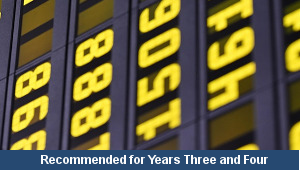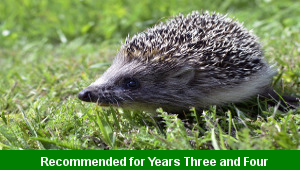Wedding Speeches

This English teaching pack for Key Stage Two gets the children to explore how to devise and record example sentences using formal and informal language to use when composing and presenting speeches at a wedding.
The class can identify and explain when they might need to use examples of formal or informal language for specific purposes in different scenarios.
Download this teaching pack including a lesson plan, classroom activities and an interactive presentation to explore how to devise and record example sentences using formal and informal language to use when composing and presenting speeches at a wedding
Activities in this teaching pack include a shared reading text to explain how and when to use formal and informal language when presenting a speech at a wedding, a worksheet to convert sentences that might be used at a wedding between formal and informal language and a set of cards to identify examples of formal and informal language to use in a wedding speech.
The interactive presentation gets the children to explore how to devise and record sentences using formal and informal language for use within speeches at a wedding.
This lesson is part of an English scheme of work to get the children to investigate how to compose and present invitations, speeches and toasts to manage and organise a special party or celebration using examples of formal language. There are teaching activities for shared learning, differentiated worksheets to support independent learning and interactive presentations to introduce concepts and key skills.
-

Rounding Hundreds
Explain and model how to round some different numbers to the nearest hundred based on the place values of the digits in each number
-

Rounding Tens
Identify and record how to round some different numbers to the nearest ten based on the place values of the digits in each number
-

Classic Animal Stories
Investigate the structure and content of classic works of fiction by significant authors with animals as the main characters
-

Cities, Towns and Villages
Research and present the history of a range of different buildings and people that are part of the local community using a school exhibition
